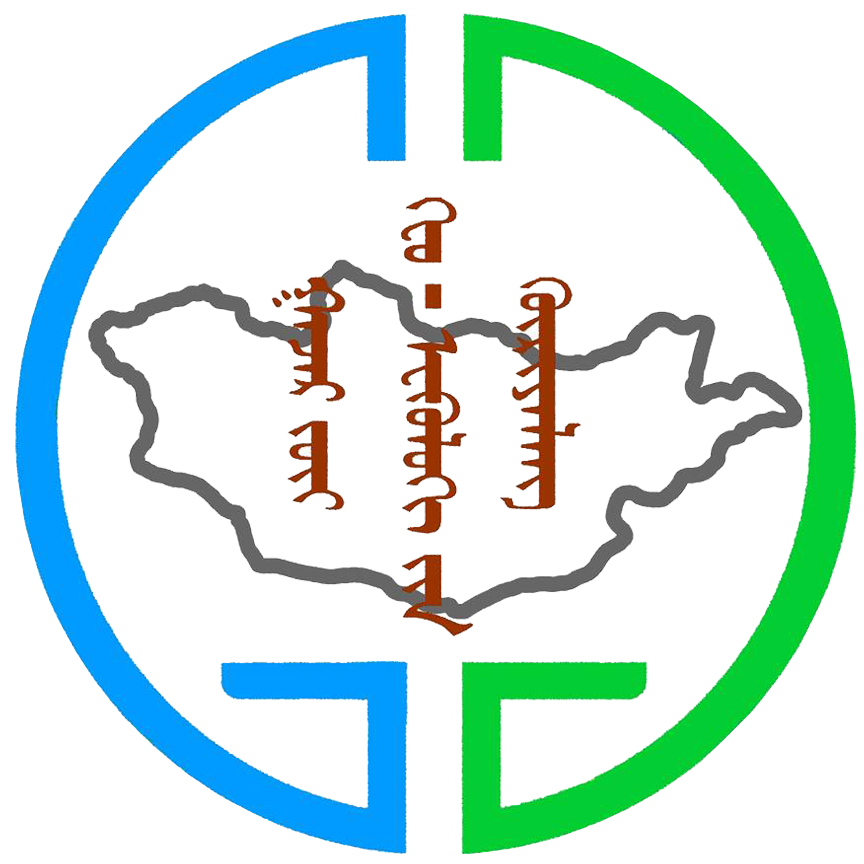The study was part of a larger research effort, studying implementation options for Integrated Water Resources Management (IWRM); in this paper, specifically impacts of land use and land-use change on water resources are studied. The study has been carried out in the Kharaa river basin (KRB) in Northern Mongolia, in which grazing and agriculture play key roles. As several erosion and run-offrelevant factors such as slope, soil type or land use and land cover are widely varying in the KRB, sub-regions of the catchment have been analysed to identify susceptible combinations of environmental and land management factors. In our study we identified that erosion risks in the
sub-catchments under current land use and management calculated with the Revised Universal Soil Loss Equation sum up to approximately 2–4 Mg ha-1 year-1 for steppe and 4–9 Mg ha-1 year-1 for croplands, while erosion rates calculated using 137CS measurements resulted in 2–3 Mg ha-1 year-1 on steppe and 15 Mg ha-1 year-1 on cropland. Erosion risk scenarios indicate that land use change as well as management and climate factors can reduce (-30 %) or aggravate erosion risks up to sevenfold and contribute to additional challenges in water and soil management in the KRB. Strategies have to be developed to limit land conversion and implement soil protection in erosion prone sub-regions. IWRM has the potential to bridge sectorial measures, e.g. in agriculture, rural development or nature protection, but erosion and runoff-related impacts currently are addressed in different institutions, legal frameworks and regulations, which may slow down or hamper efficient measures.
